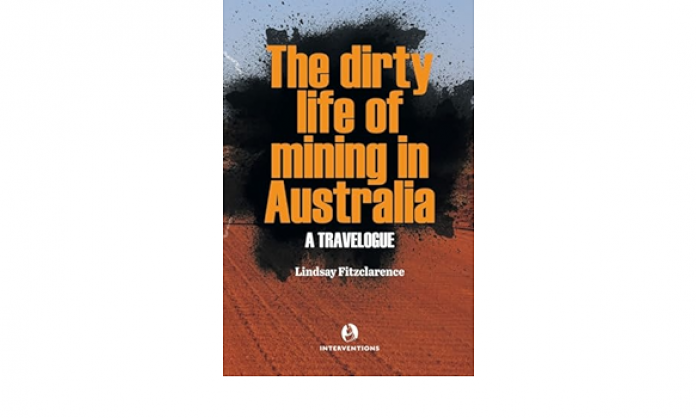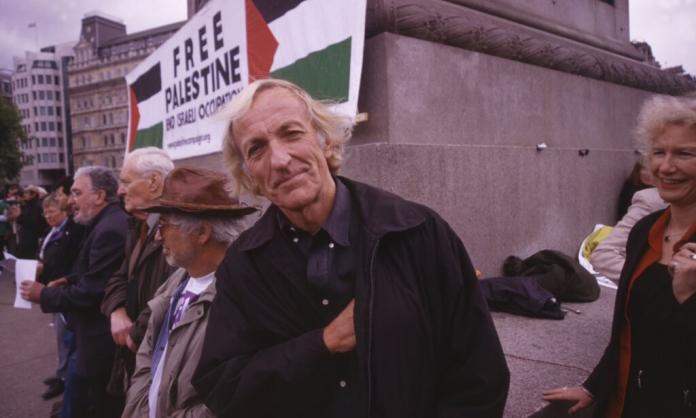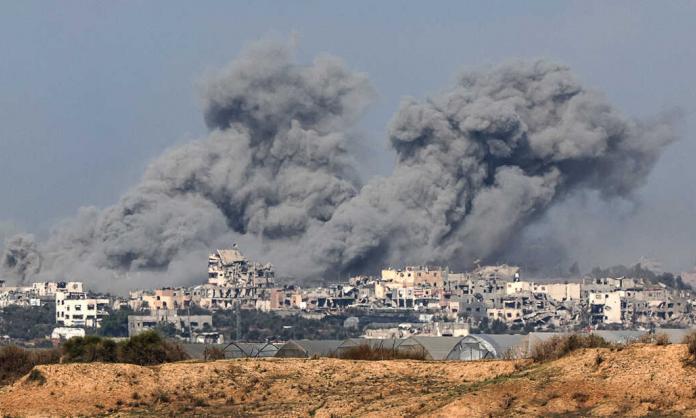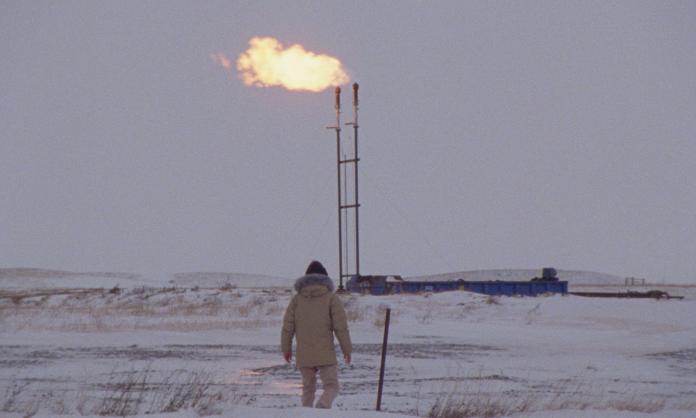The Dirty Life of Mining in Australia: A Travelogue
By Lindsay Fitzclarence. Interventions, 2023; 214 pages.
Reviewed by Cormac Mills Ritchard
“Blasts make floors crack and houses shake”, journalist Tom Joyner reports about Williamstown, a suburb in the Western Australian mining town Kalgoorlie. Northern Star Resources’ mine has drilled tunnels deep beneath the houses, in which it carries out regular blasts.
“Lifelong local Fay Henderson said after years of fighting, she is exhausted and feels a sense of dread that it will not be long before Williamstown is gone altogether. “‘I think that it eventually has to pass that we just won’t be here, that the mine will engulf us eventually.’”
The Dirty Life of Mining in Australia, by Lindsay Fitzclarence, is a valuable resource. Setting out from Morwell in eastern Victoria, and travelling to Broken Hill, Roxby Downs, the Kimberley, Mount Whaleback and Kalgoorlie, he combines research with journaling to paint a picture of mining’s devastating effects across the continent.
The environmental effects are visible in the moonscape of open-cut pits and waste rock mounds, artificial lakes and craters filled with metallic and chemical tailings. Featuring in Fitzclarence’s photography, swathes of land have been cleared for these facilities.
The human cost is detailed painfully throughout the book. Mines are less easily forgotten than their victims. The Line of Lode Memorial in Broken Hill pays tribute to 800 dead miners. In Kalgoorlie’s Eastern Goldfields Miners Memorial, there were 1,484 names at the time Fitzclarence visited.
Often, the deaths result from capitalists sacrificing safety for profits. Morwell is one example—in 2014, a grassfire ignited a coal mine in a blaze that streamed from the coal face for 45 days, leaving homes “invaded by ash and shrouded in polluted and toxic air”. This poisoning led to at least 60 excess deaths before the fire was put out, according to research by Voices of the Valley (community activists had to compile evidence themselves in the face of a government cover-up). This could have been prevented, but the owners had dismantled the mine’s watering system.
Another example is Broken Hill’s lead-bearing winds. Broken Hill Prospecting (now BHP) established mines there in the 1880s. “On windy days, lead-rich dust from the smelters landed everywhere”, Fitzclarence explains. “It settled on the roofs and drained into drinking water tanks. Cattle, sheep and dairy cows ate grass covered in lead dust, which flowed into the food chain.” Lead poisoning was responsible for many of the miner deaths marked in the memorial.
Recounting the radical history of Broken Hill, Fitzclarence shows that miners and their families didn’t take this lying down—they forged the most militant union town in Australia at the beginning of the twentieth century. Yet Broken Hill’s children still suffer from lead-induced brain damage, making them “more than twice as likely to have developmental delays than the national average”, according to research from 2015.
If resistance has shaped mining, mine owners have tried to shape the resistance. The industry claims to be the backbone of many regional towns. But towns like Newman in Western Australia have been emptied of people by the use of fly-in fly-out (FIFO) workers.
Keeping its FIFO workers in a company camp allows BHP to watch them closely during and even after their twelve-hour shifts, including through room searches. The high levels of psychological distress a staggering one-third of all FIFO workers suffer are the industry’s answer to mining town militancy.
The industry’s official history is one of entrepreneurs building Australia’s prosperity. Fitzclarence devotes a chapter to this “dominant narrative”, which reduces humans and the natural world to commodities and views Australia as terra nullius with mineral riches free for the taking.
Fitzclarence develops his critique using the ideas of Naomi Klein and Tony Birch. Birch calls it an “exploitative capitalist extraction mentality”; Klein calls it “extractivism”, a “habit of thought” that led us to believe we could “dig and drill out the substances we desired while thinking little of the trash left behind”.
These narratives are important—the industry’s Promethean and “civilising” portrayal of itself arms its marketing departments with ample talking points. But compelling as Klein’s and Birch’s descriptions are, they remain limited.
In his conclusion, Fitzclarence suggests that “the world of mining needs to develop a very different mindset”. But capitalism will brook no such change. If current mine owner CBH Resources decided to prioritise reducing lead tailings over increasing revenue in Broken Hill, or if Northern Star Resources abandoned its tunnels under Williamstown, or if BHP decided to share its Mount Whaleback earnings with the local Martu and Niabali peoples, how would their profits suffer? And if their profits suffered, how soon would a competitor, richer by its ruthlessness, outmatch and acquire them?
The murderous, degrading and dehumanising exploits of mining capital in Australia that Fitzclarence exposes are the best proof that there is little mining capital will not do for profit. The way forward is the path of resistance like that paved by the workers of Broken Hill.










